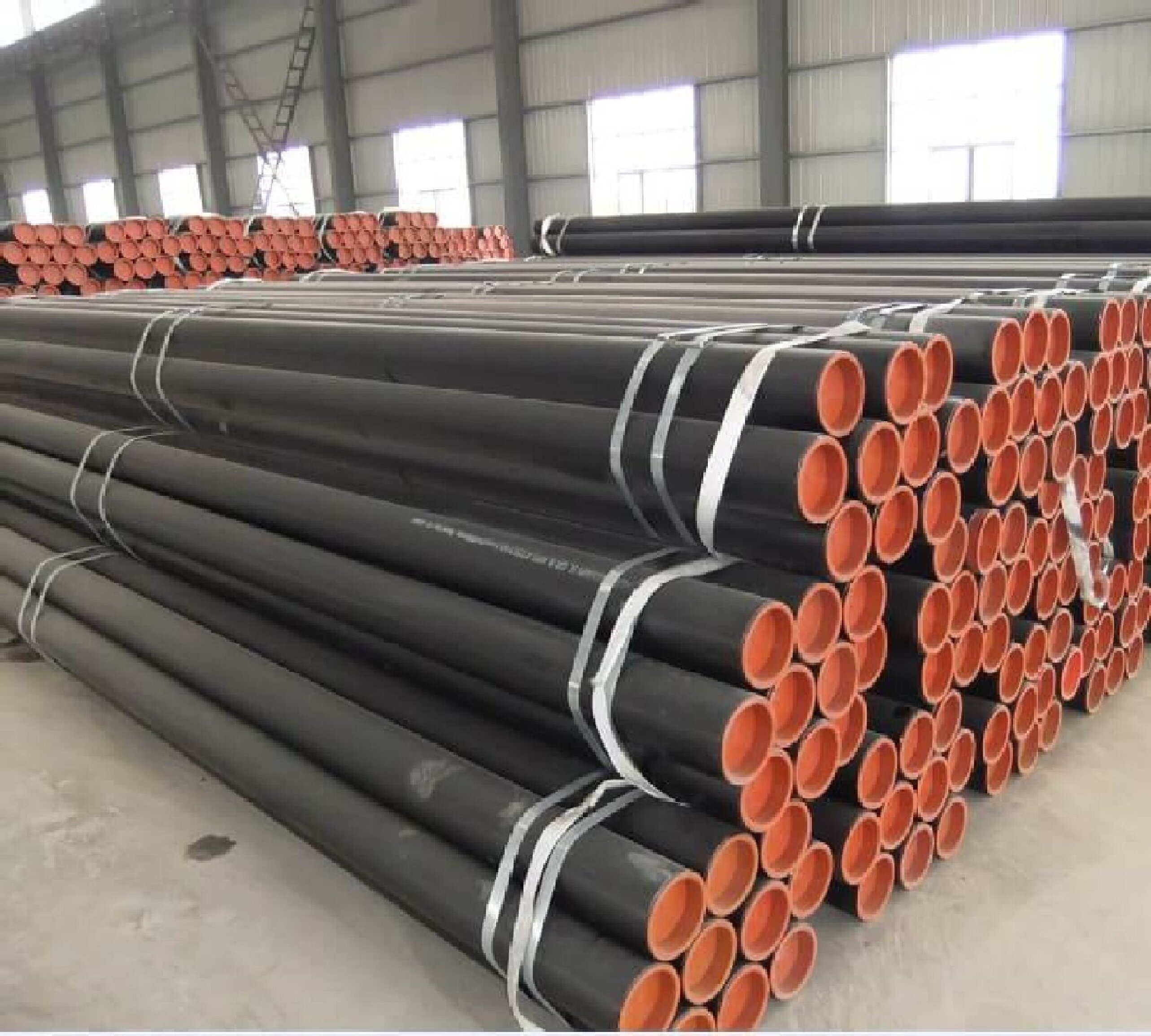-
Cangzhou Yulong Steel Co., Ltd.
-
Phone:
+86 13303177267 -
Email:
admin@ylsteelfittings.com
- English
- Arabic
- Italian
- Spanish
- Portuguese
- German
- kazakh
- Persian
- Greek
- French
- Russian
- Polish
- Thai
- Indonesian
- Vietnamese
- Zulu
- Korean
- Uzbek
- Hindi
- Serbian
- Malay
- Ukrainian
- Gujarati
- Haitian Creole
- hausa
- hawaiian
- Hebrew
- Miao
- Hungarian
- Icelandic
- igbo
- irish
- Japanese
- Javanese
- Kannada
- Khmer
- Rwandese
- Afrikaans
- Albanian
- Amharic
- Armenian
- Azerbaijani
- Basque
- Belarusian
- Bengali
- Bosnian
- Bulgarian
- Catalan
- Cebuano
- China
- China (Taiwan)
- Corsican
- Croatian
- Czech
- Danish
- Esperanto
- Estonian
- Finnish
- Frisian
- Galician
- Georgian
- Kurdish
- Kyrgyz
- Lao
- Latin
- Latvian
- Lithuanian
- Luxembourgish
- Macedonian
- Malgashi
- Malayalam
- Maltese
- Maori
- Marathi
- Mongolian
- Myanmar
- Nepali
- Norwegian
- Norwegian
- Occitan
- Pashto
- Dutch
- Punjabi
- Romanian
- Samoan
- Scottish Gaelic
- Sesotho
- Shona
- Sindhi
- Sinhala
- Slovak
- Slovenian
- Somali
- Sundanese
- Swahili
- Swedish
- Tagalog
- Tajik
- Tamil
- Tatar
- Telugu
- Turkish
- Turkmen
- Urdu
- Uighur
- Welsh
- Bantu
- Yiddish
- Yoruba

Nov . 16, 2024 02:12 Back to list
Schedule 10 Weld Fittings Specifications and Applications Overview
Understanding Schedule 10 Weld Fittings A Comprehensive Overview
Weld fittings are essential components in piping systems, utilized to join two or more pipes or to change the direction of flow. Among the various types of weld fittings available, Schedule 10 weld fittings are particularly prominent in various industries, including oil and gas, construction, and manufacturing. Understanding their specifications, applications, and advantages is crucial for engineers and contractors who aim to establish efficient piping systems.
What is Schedule 10?
The term Schedule refers to the wall thickness of pipes and fittings in relation to their diameter. Schedule 10 fittings have relatively thin walls compared to other schedules, making them lightweight and easy to handle. For instance, a 2-inch Schedule 10 steel pipe has a nominal wall thickness of around 0.120 inches. This standard is governed by the American National Standards Institute (ANSI) and is commonly used in systems where the pressure is low to moderate.
Key Characteristics of Schedule 10 Weld Fittings
1. Material Types Schedule 10 fittings can be found in various materials, including carbon steel, stainless steel, and alloy materials. The choice of material depends largely on the specific application, with stainless steel being favored in corrosive environments.
2. Variety of Shapes These fittings come in several shapes such as elbows, tees, reducers, and caps, allowing for versatile configurations in pipe systems. Elbows are particularly useful in changing the direction of flow, while tees can split a single line into two separate flow paths.
3. Welding Process The installation of Schedule 10 fittings typically involves the use of welding techniques, ensuring a strong and leak-proof connection. Common welding methods include TIG (Tungsten Inert Gas) and MIG (Metal Inert Gas) welding.
Applications of Schedule 10 Weld Fittings
schedule 10 weld fittings

Schedule 10 weld fittings find applications in a wide range of industries
- Chemical Processing Due to their resistance to corrosion, Schedule 10 stainless steel fittings are commonly used in chemical processing plants.
- HVAC Systems These fittings are often utilized in heating, ventilation, and air conditioning systems to connect different sections of piping.
- Water Treatment Schedule 10 fittings are suitable for water supply and treatment systems, where maintaining flow is crucial.
Benefits of Using Schedule 10 Weld Fittings
1. Cost-Effectiveness Their lightweight nature reduces transportation and installation costs, making Schedule 10 fittings a budget-friendly option.
2. Ease of Maintenance The simplicity of design and installation promotes more straightforward maintenance and repair procedures.
3. Reduced Pressure Drops The design of these fittings allows for smoother fluid flow, thus minimizing pressure drops throughout the system.
In conclusion, Schedule 10 weld fittings play a pivotal role in modern piping systems, offering durability, versatility, and efficiency. By selecting the appropriate fittings for specific applications, engineers can ensure reliable performance and long-term success in their projects. Understanding the characteristics and benefits of Schedule 10 fittings ultimately enhances decision-making in the design and implementation of industrial piping systems.
Latest news
-
ANSI 150P SS304 SO FLANGE
NewsFeb.14,2025
-
ASTM A333GR6 STEEL PIPE
NewsJan.20,2025
-
ANSI B16.5 WELDING NECK FLANGE
NewsJan.15,2026
-
ANSI B16.5 SLIP-ON FLANGE
NewsApr.19,2024
-
SABS 1123 FLANGE
NewsJan.15,2025
-
DIN86044 PLATE FLANGE
NewsApr.19,2024
-
DIN2527 BLIND FLANGE
NewsApr.12,2024
-
JIS B2311 Butt-Welding Fittings LR/SR 45°/90° /180°Seamless/Weld
NewsApr.23,2024











